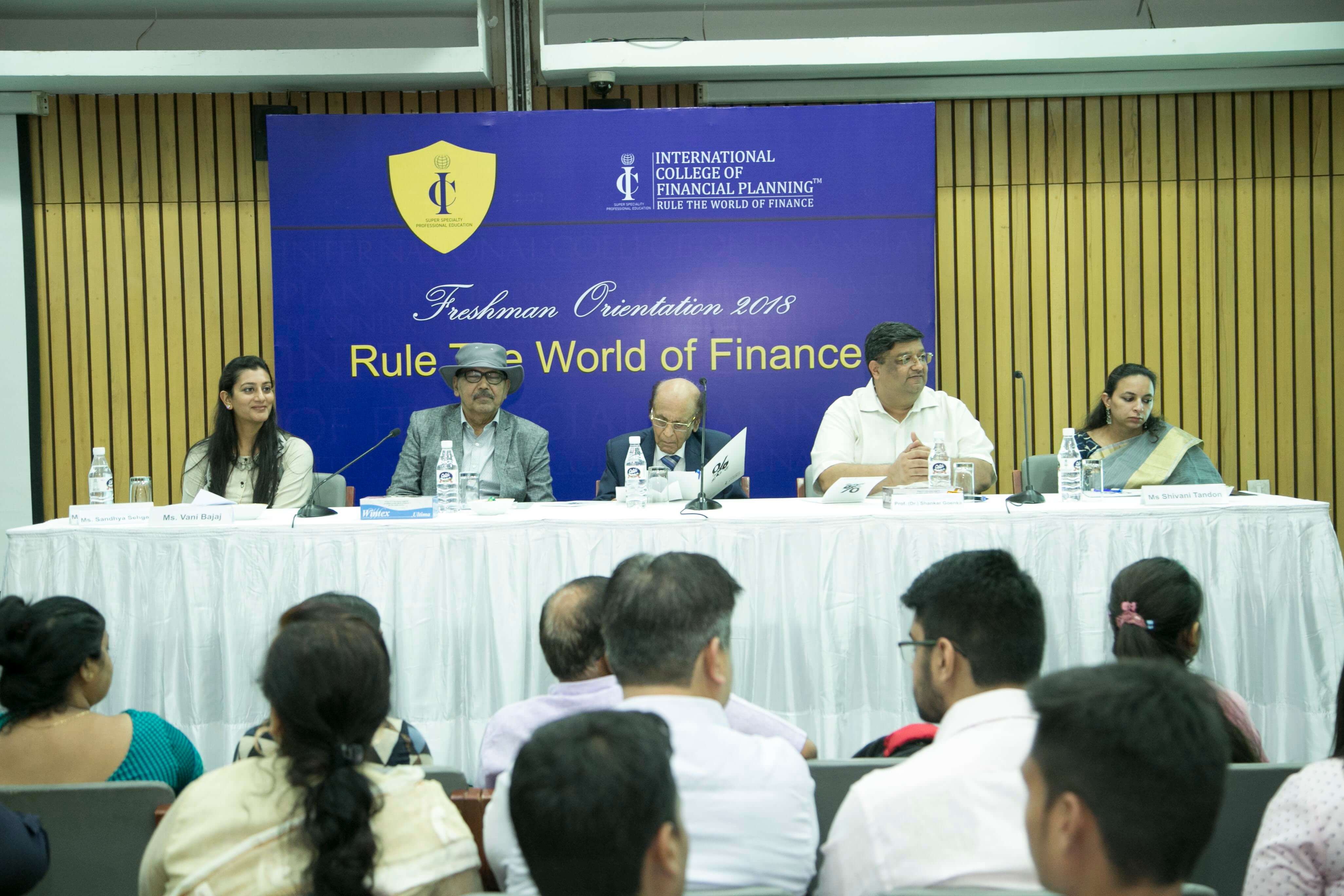Indian system of taxation of goods and services is characterized by cascading, distortionary tax on production of goods and services which leads to miss-allocation of resources, hampering productivity and slower economic growth. To remove this hurdle, a pure and simple tax system like GST (Goods and Service Tax) is need of the hour in the country.
An ideal tax system collects taxes at various stages of manufacturing, supply, wholesale, retailing and lastly at the final consumption. It is based on the add-on value by the manufacturer, supplier and retailer at each stage of the value chain. Tax paid at each stage is based on the amount of value added and not on the entire amount.
Let’s take an example:
Note: excise duty has been charged on raw material and under current taxation system excise duty is not included in input credit. But under the GST there will be only one uniform tax structure so that there is no need to pay additional charge (i.e. excise duty).
From the above example we can see that by implementation of GST, concept of double taxation will be eliminated as there will be only one uniform tax structure.
Critics argue that GST is a value added process similar to VAT (value added tax), but VAT was already there in the Indian economy. So what was the need of implementation of GST?
Under the VAT, rates and regulation vary across different states and there is a tendency that different States cuts their rates to attract more investments which results in lowering govt. revenues. Under GST there will be uniform tax structure where the tax revenue will be divided among states and center according the to the consumption cycle. Moreover VAT was only there for services not for the goods.
The most significant question here is, that why would a government implement such a provision which only decreases its revenue? What could possibly be the logic behind it? Presently the government has long term prospects in their mind, it is clearly a long term strategy which will lead to higher investments, higher output, more employment opportunities, and higher economic growth but during the initial phase of implementation, it is expected that there will be hike in inflation rates, more administrative cost and stiff protest from the opposition.
This blog is written by Jatin Aggarwal, Student of MBA FA (2014-16) batch, ICoFP Delhi Campus


